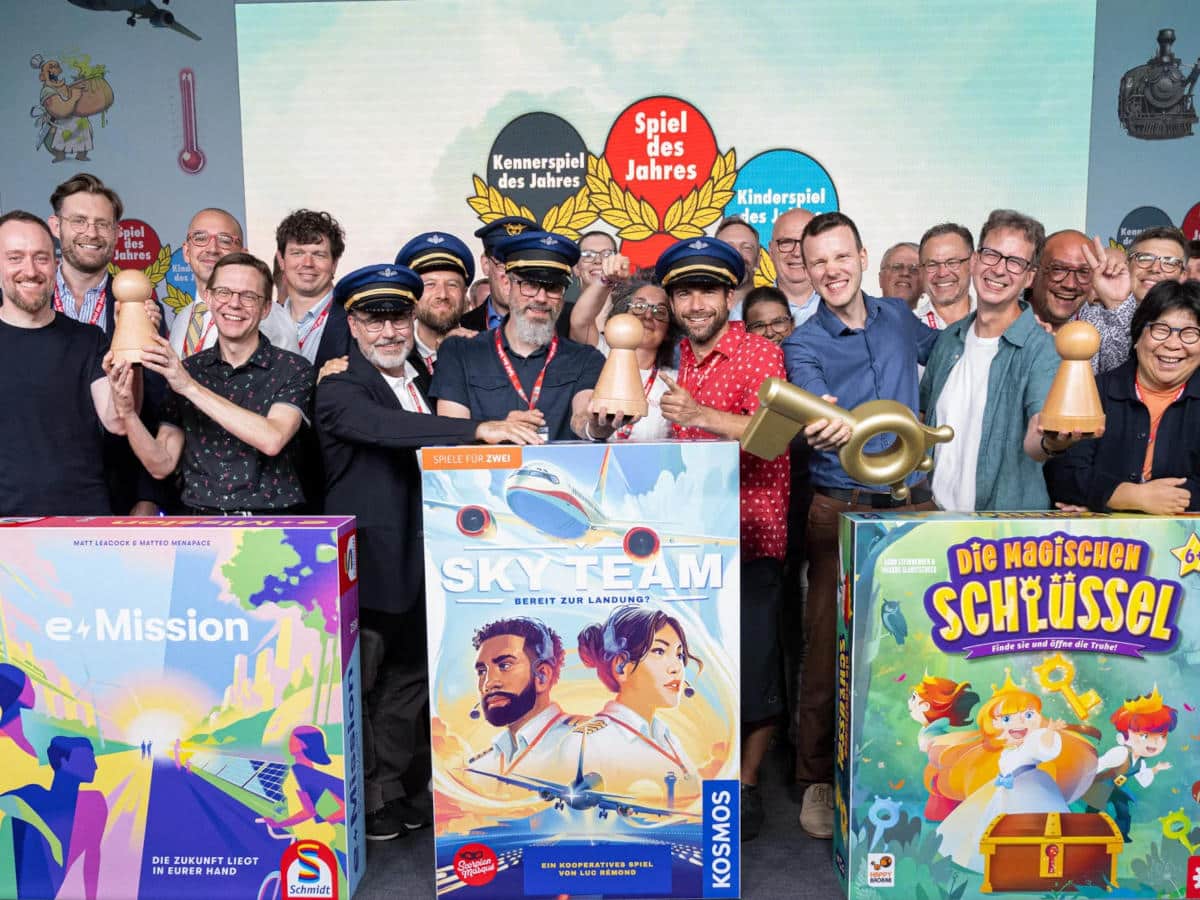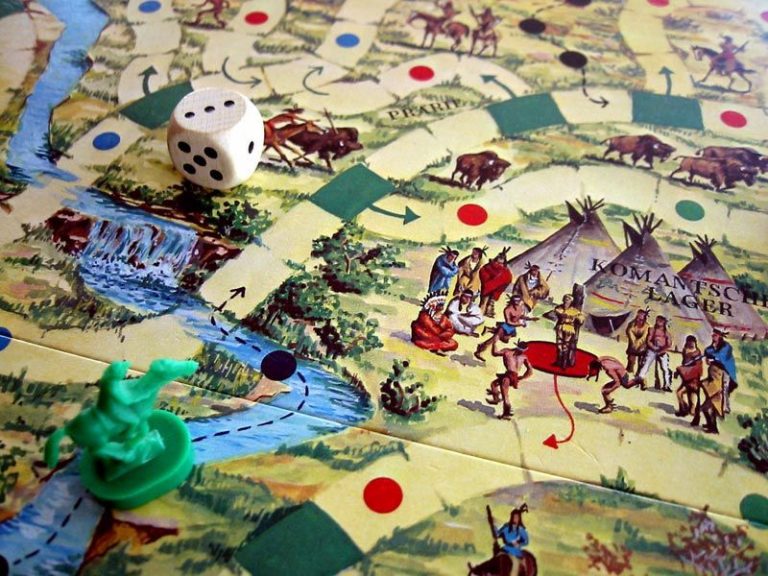Viewing platforms
I recently talked about how some of us need to let people know what we're up to, by regularly sharing updates with our followers - see my article Image matters. Now I want to drill into this a little deeper and discuss the various platforms you might want to use. My focus is on tabletop game reviews, as this is one of the things I do, but you can apply the same ideas to similar content.















